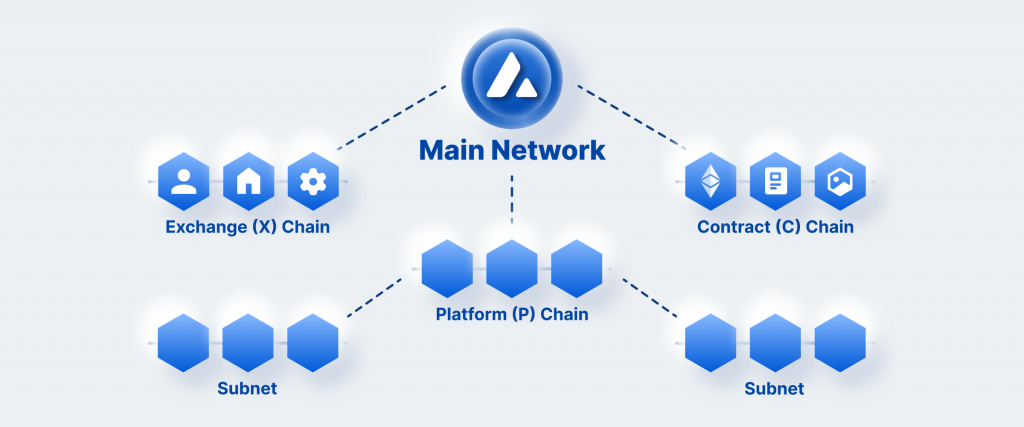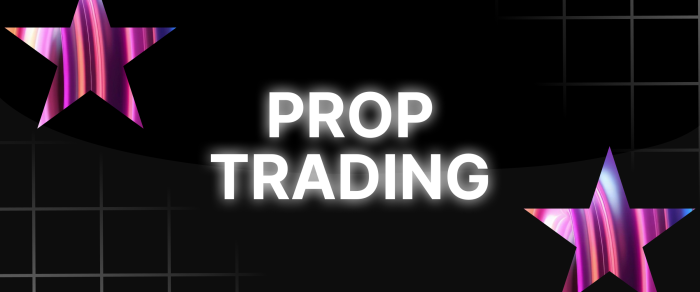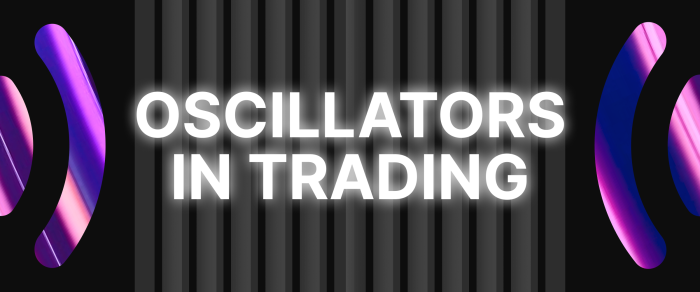Polygon Supernets vs. Avalanche Subnets: What is the Difference?
In recent years, the rapid evolution of blockchain technologies has ushered in a new era of innovation, transforming the landscape of digital assets, decentralized applications, and financial services.
As the demand for scalable, efficient, and secure networks continues to soar, various app chains, or application dedicated blockchains have emerged, offering groundbreaking solutions to address the limitations of existing blockchain architectures.
Among these pioneering platforms, Polygon Supernets and Avalanche Subnets stand out as two leading scalability solutions, each employing unique approaches to enhance the performance of decentralized ecosystems.
This article delves into the intricacies of these cutting-edge technologies, comparing and contrasting their critical differences as we examine the impact of Polygon Supernets and Avalanche Subnets on the future of blockchain and decentralized applications.
Key Takeaways
- Polygon Supernet is an interconnected network of Ethereum-compatible blockchains, facilitating interoperability and scalability within the ecosystem.
- Avalanche Subnet is a customizable, application-specific blockchain within the Avalanche ecosystem, designed for enhanced flexibility and adaptability.
- The critical difference between Polygon Supernets and Avalanche Subnets lies in the architectural approach: Polygon focuses on Layer-2 scaling solutions for Ethereum, while Avalanche creates bespoke, independent blockchains.
- Risks involved in both technologies may include potential security vulnerabilities, network congestion, and dependence on the underlying platforms’ long-term success.

What is Polygon?
Polygon is a scalable, multi-chain blockchain platform that aims to provide a framework for creating and connecting Ethereum-compatible blockchain networks.
Initially launched as the Matic Network in 2017, it rebranded to Polygon in 2021 to better reflect its ambitious goal of creating a “blockchain internet” to address Ethereum’s limitations in terms of scalability, speed, and transaction costs.
With its unique Layer-2 scaling solution, Polygon combines the security and decentralization of Ethereum with the high throughput and low latency of a custom-built, sidechain architecture.
For the Polygon ecosystem, the term “supernet” refers to its interconnected network of Ethereum-compatible blockchains. The supernet concept embodies Polygon’s mission to create an internet-like infrastructure for blockchain networks that enhances interoperability, scalability, and security. Now, let’s discuss deeper what exactly this Supernet is.

What are Polygon Supernets?
Polygon Supernets, in the broadest sense, are networks that operate together to facilitate collaboration and secure information sharing. They can store and sort massive amounts of data while facilitating user-to-user communication.
Supernets are intended as scaling solutions to allow developers to create customized blockchains within the Ethereum framework efficiently but at a significantly reduced development cost.
Polygon Edge Integration
Supernets serve as tools that help with technical problems in the Polygon Edge framework for software development. Polygon edge aids in developing blockchains compatible with Ethereum while maintaining their integrity, decentralization, and efficiency.
Polygon Edge supports Istanbul Byzantine Fault Tolerance (IBFT), Proof of Authority (PoA), and IBFT Proof of Stake (PoA) consensus algorithms. Both IBFT consensus methods are permissioned protocols, requiring an initial set of credible validators before reaching consensus; in theory, up to 100 validators can reach consensus.
IBFT PoA is most effective in secure environments like corporate networks, where polygon validators can have high levels of trust. With IBFT PoS, however, consensus can include input from any validator in the trusted validator set.
Supernets also enable the integration of Web3 applications into dedicated networks, allowing maximum optimization and fostering seamless interaction between decentralized applications and blockchain networks.
In summary, Polygon’s Supernet provides developers with a flexible, efficient, and customizable framework for launching blockchain networks, ultimately driving innovation and growth in the decentralized ecosystem.
How Exactly Does A Polygon Supernet Work?
The Polygon network provides developers with a wide range of validators and tools to facilitate seamless integration and third-party services to aid in the planning, development, and management of the network.
More specifically, the Supernet offers developers three efficient deployment modes catering to various needs and preferences. The supernet sovereign chain is managed by a single validator, leading to considerable maintenance cost savings.
On the other hand, the Supernet shared security chain relies on the expertise of validators who stake at least 20,000 MATIC tokens, ensuring a strong and secure network. Lastly, the Layer-2 chain employs cutting-edge zero-knowledge rollups to scale Supernets, though it is still in development.
- Polygon Projects
SX Network, Zo World, and the Uttarakhand State Government’s medical device solutions are notable projects that showcase the potential of Supernets and their diverse use cases. SX Network launched a prediction market application built with Polygon Edge due to its impressive features.
The Uttarakhand State Government in India implemented a SettleMint network integrated with Polygon Edge to monitor medical equipment across seven medical colleges. The platform employed RFID technology to track assets, reducing downtime and streamlining the ordering process.
Zo World is a decentralized travel project where users can complete quests, mint NFTs, and earn tokens. The team opted for Supernets due to their low fees, instant finality, minimal investment requirements, and ease of maintenance.

What is Avalanche?
Avalanche (AVAX) is a cutting-edge blockchain platform that delivers exceptional speed, scalability, and security in decentralized applications (dApps) and smart contracts.
Launched in 2020 by Ava Labs, the platform employs a novel consensus mechanism called the Avalanche Consensus, which combines the benefits of both the Nakamoto Consensus and Byzantine Fault Tolerance. This innovative approach results in lightning-fast transaction processing times, with a throughput of thousands of transactions per second (TPS) and sub-second finality.
As an open-source Ethereum Virtual Machine (EVM)-compatible platform, Avalanche supports the seamless deployment of Solidity-based smart contracts, making it easy for developers to migrate or create new dApps.
Avalanche Subnets, short for “subnetworks,” are crucial in the platform’s modular and flexible architecture. Subnets are customizable, application-specific blockchains within the Avalanche ecosystem designed to provide a high degree of scalability, security, and interoperability. They enable developers to create and launch tailor-made blockchains with custom virtual machines, validators, and consensus protocols to suit their specific use cases. Let’s go deeper: what are Avalanche Subnets exactly, and how do they work?

What are Avalanche Subnets?
Avalanche’s Subnet is a dynamic network component consisting of validators working collaboratively to achieve consensus on the state of various blockchains.
These Subnets enable the development of private blockchains by letting programmers set up networks into which only a select group of validators are invited to participate. These validators might then form their own isolated network and peruse the data stored in the blockchains they control. This framework is perfect for companies that value data confidentiality.
Subnets also allow for a separation of concerns, which in the context of blockchain technology, means that validators can focus only on the blockchains they are interested in. This relieves the strain on validators compared to heterogeneous network models, which require validators to verify all blockchains, regardless of whether or not they are relevant to the network.
Developers can specify validator needs for their applications using Subnets, such as increased processing power, memory, or other hardware. As a result, the application’s speed will be optimized, and slow validators won’t be a problem.
The unique advantage of Avalanche’s Subnets is the ability to build bespoke blockchains without needing a native token, fostering innovation and broadening the scope of possibilities for new projects. Within the Avalanche network, the main net is composed of three distinct chains:
- X-Chain: A payment chain designed for minting non-fungible tokens (NFTs).
- C-Chain: An Ethereum Virtual Machine-based smart contract platform ideal for developing decentralized applications.
- P-Chain: Tasked with coordinating validators on the Avalanche network, as well as creating and managing Subnets.
The primary Subnet serves as the backbone of the Avalanche network, encompassing all validators responsible for securing the mainnet and the X, P, and C chains. These validators are instrumental in maintaining subnet connectivity, ensuring smooth operation, and validating additional blockchains built on the Avalanche network.
Through the innovative use of Subnets, Avalanche offers a flexible and versatile infrastructure that fosters the development of diverse blockchain solutions and decentralized applications.
How Does The Avalanche Subnet Work?
Avalanche Subnets work cohesively to maintain the most current state of blockchains, serving as the backbone for app-chain networks by supplying decentralized validator services across various chains. This unified approach ensures the seamless operation of multiple blockchain networks.
Within the Avalanche subnet ecosystem, a chain is validated exclusively by one specific Subnet, but a single subnet can validate multiple chains. Each Subnet operates under its unique governance and requirements, which may include factors like licenses, geographic location, and adherence to Know Your Customer (KYC) and Anti-Money Laundering (AML) regulations.
To become part of the primary network, validators must stake 2,000 AVAX tokens before they can validate the built-in chains on the network.
- Avalanche Projects
The Avalanche ecosystem has seen several projects launch that leverage its Subnets’ unique capabilities. Crabada and DeFi Kingdoms were among the first games to join the subnet ecosystem.
Thanks to the flexibility of Subnets, DeFi Kingdoms can implement a versatile tokenomics system, allowing users to pay gas fees using either AVAX or a subnet-native token. Crabada, a GameFi project, capitalizes on the power of Subnets to enhance the user experience by reducing gas fees.
Avalanche has developed an innovative approach to maintaining low gas fees. Projects initially launch on the C-Chain, and as the volume and fees increase, they can transition to their own Subnet for more affordable fees. This process repeats itself as projects continue to evolve within the Avalanche ecosystem.
Subnets and Supernets: Key Differences
The underlying consensus protocol is a key distinction when comparing Subnets with Supernets. Providing probabilistic consensus among validators, Avalanche’s snowman consensus protocol allows for theoretically infinite decentralization and scalability.
Meanwhile, Polygon’s IBFT consensus protocols ensure consensus but at the price of decentralization and eliminating permissionless participation.
In addition, Supernets are equipped with slashing capabilities that can be used to punish malicious network actors. Fearing the centralization of staking, Avalanche does not use this technique.
Avalanche claims to have a better throughput, with 4,500 transactions per second. The approximate number of polygons is roughly 1500. also, On Avalanche Subnets, there are 1,300 validators as opposed to 100 on Supernets.
Regarding the operation, think of the Subnet as a smaller “slice” of the Avalanche. Avalanche’s benefits, including security, speed, and community, will be preserved in multiple parallel blockchains established by developers.
Polygon’s Supernet, on the other hand, has a very different goal in mind. Supernets are planned to improve network interoperability by connecting existing crypto apps like DeFi, GameFi, and even Web3, while the original blockchain continues to process transactions.
In terms of scalability, the Subnet will be an Avalanche architecture clone of a smaller chain. The developers will set up a Subnet using Avalanche’s specific network address.
On the other hand, the Supernet is sometimes called the “network of networks” because it may include several different Subnets. Each Supernet can also communicate with the Ethereum mainnet and exchange values and messages.
When it comes to safety, There are advantages and disadvantages to both types of Subnets’ security, depending on their intended application and size. Subnets are highly prized for their security due to their degree of autonomy. In particular, a breakdown will not significantly impact the entire supply chain.
However, due to its multi-network connectivity method, which makes system maintenance more complex, the Supernet is more vulnerable to attacks.
Conclusion
As the blockchain ecosystem continues to grow and mature, the industry needs to explore and adopt various approaches, fostering a collaborative environment that pushes the boundaries of innovation and expands the realm of possibilities.
Innovative platforms like Polygon and Avalanche offer unique solutions to address the challenges of scalability, security, and interoperability, which are the industry’s critical issues for now. This opens the door for developing many successful dApps and broadens the spectrum of opportunities within the space.



